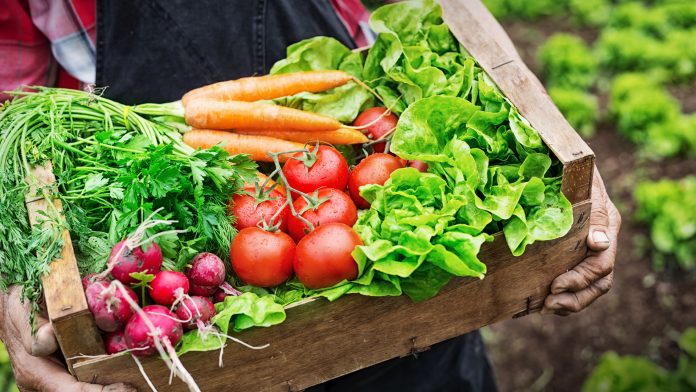In organic farming, the use of growth hormones, artificial pesticides and antibiotics are forbidden. However, some farmers still try to use these methods and label their food as organic.
Organic foods are supposed to be free from pesticides, added hormones and synthetic chemicals. However, the growing market for organic foods has exposed the consumer to a new kind of food fraud.
By measuring the amount of pesticide residue on the food, fraud inspectors can determine whether a food item is organic or an imposter. The Food Standards Agency, UK, has expressed concerns over the amount of non-organic food slipping through the net. This is because the use of pesticides on a neighbouring field or traces from former conventional production on a now organic field can taint crops.
“While a major eco-labelling scandal has yet to occur in Denmark, we often forget that our diet is sourced globally, and that our foods are often imported from countries where problems have been documented.
“For example, in southern Europe, where a large quantity of organic fruits and vegetables are sourced,” according to Kristian Holst Laursen, assistant professor in the plant and environmental sciences department at the University of Copenhagen.
What constitutes organic food fraud?
Organic food fraud can extend to all sectors of the food industry. Organic food regulation can differ depending on the region. Typically, farmers can violate organic food regulation by:
- Using artificial fertilisers
- Using artificial pesticides
- Using adding hormones to stimulate growth
Can we combat this fraud?
Researchers from the University of Copenhagen have developed a new method of determining whether organic food fraud has been committed. The method focuses on the isotope signature in the plant by isolating sulphate.
“Our method can be used to distinguish organic vegetables from conventionally farmed produce by looking at how plants have been fertilised,
“Our method does not reveal whether pesticides have been used, but whether organic plants have been fertilised correctly.
“As such, the method complements existing analytical controls and, overall, provides a much more detailed picture of the growing history,” explains Laursen.







